Welcome to gochengdu.cn!
You need to accept our privacy and cookie policy to continue to browse our website. You can change your cookie settings through your browser.

Nestled along the picturesque Huanhuaxi Brook and adjacent to the Du Fu Thatched Cottage Museum, Chengdu City, the Sichuan Museum stands as one of the largest comprehensive museums in southwest China. Established in 1941 as the "National Sichuan Museum," it underwent multiple relocations and name changes before settling at its current site in March 2009, adopting its present name. Since then, the museum has showcased its rich collections and profound cultural heritage with renewed vitality. Recognized as a national first-class museum in 2012, a national key institution for ancient books preservation and conservation in 2020, and a national key museum jointly built by central and local governments in 2024, its influence and prestige continue to burgeon.
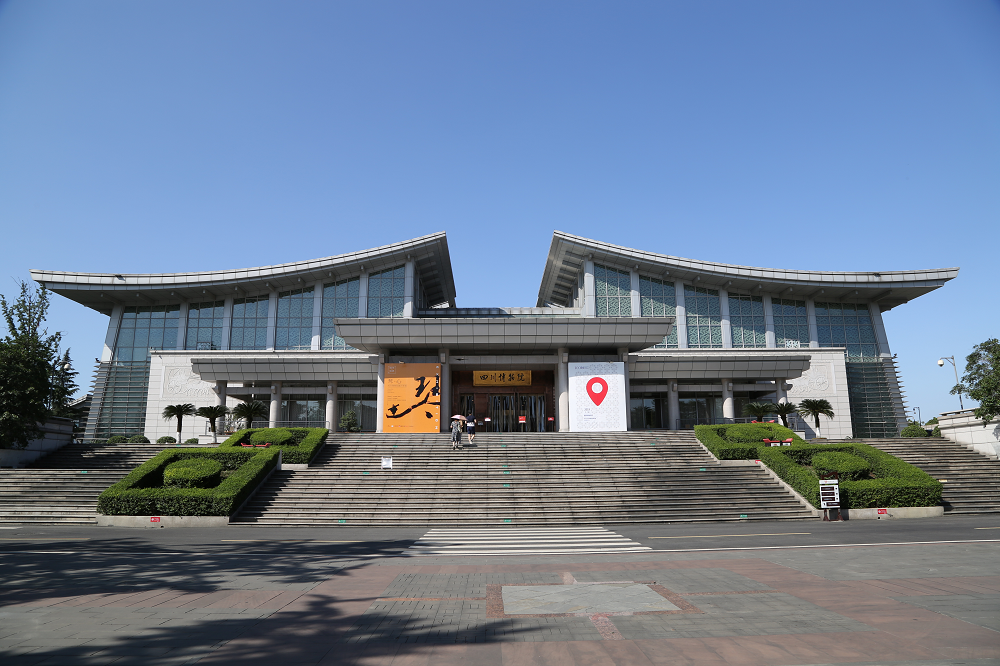
Main exhibition building, Sichuan Museum
The museum’s main building draws inspiration from traditional Sichuan architecture, incorporating steep-sloped roofs, chuan dou (post-and-lintel) timber frameworks, and gray ceramic tiles. Its stately yet inviting facade harmonizes regional character with public accessibility. Spanning 58,600 square meters with a floor area of 47,281 square meters, the museum houses 15 exhibition halls covering 9,716 square meters with the main exhibition building occupying 32,026 square meters, offering visitors a spacious and immersive experience.
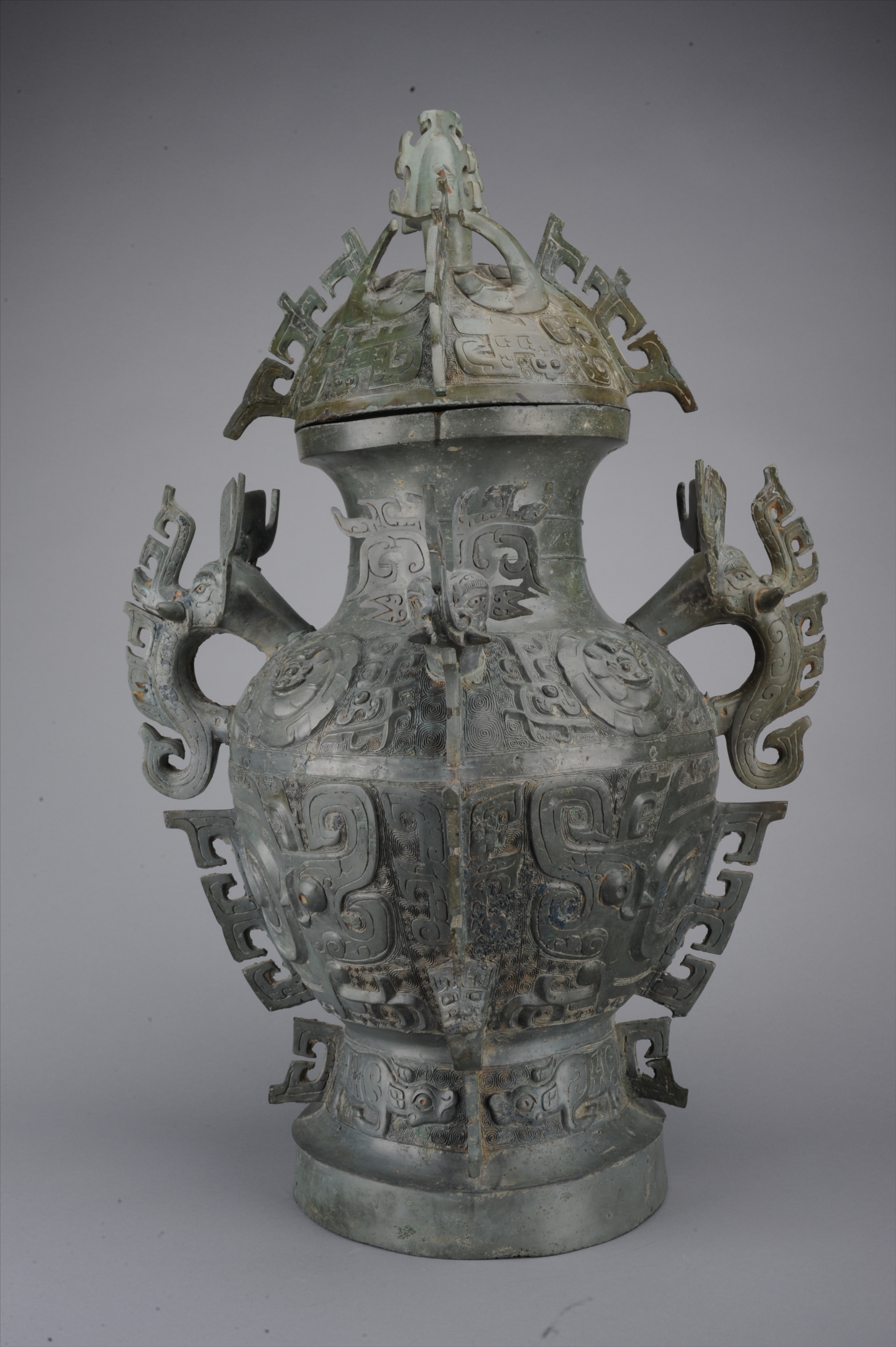
The Sichuan Museum boasts an extensive collection of nearly 360,000 cultural relics, including over 70,000 classified as national treasures. These artifacts span from the Paleolithic era to modern times, systematically documenting Sichuan’s historical evolution, artistic achievements, and regional distinctiveness. Each piece serves as a tangible testament to Bashu’s cultural legacy.
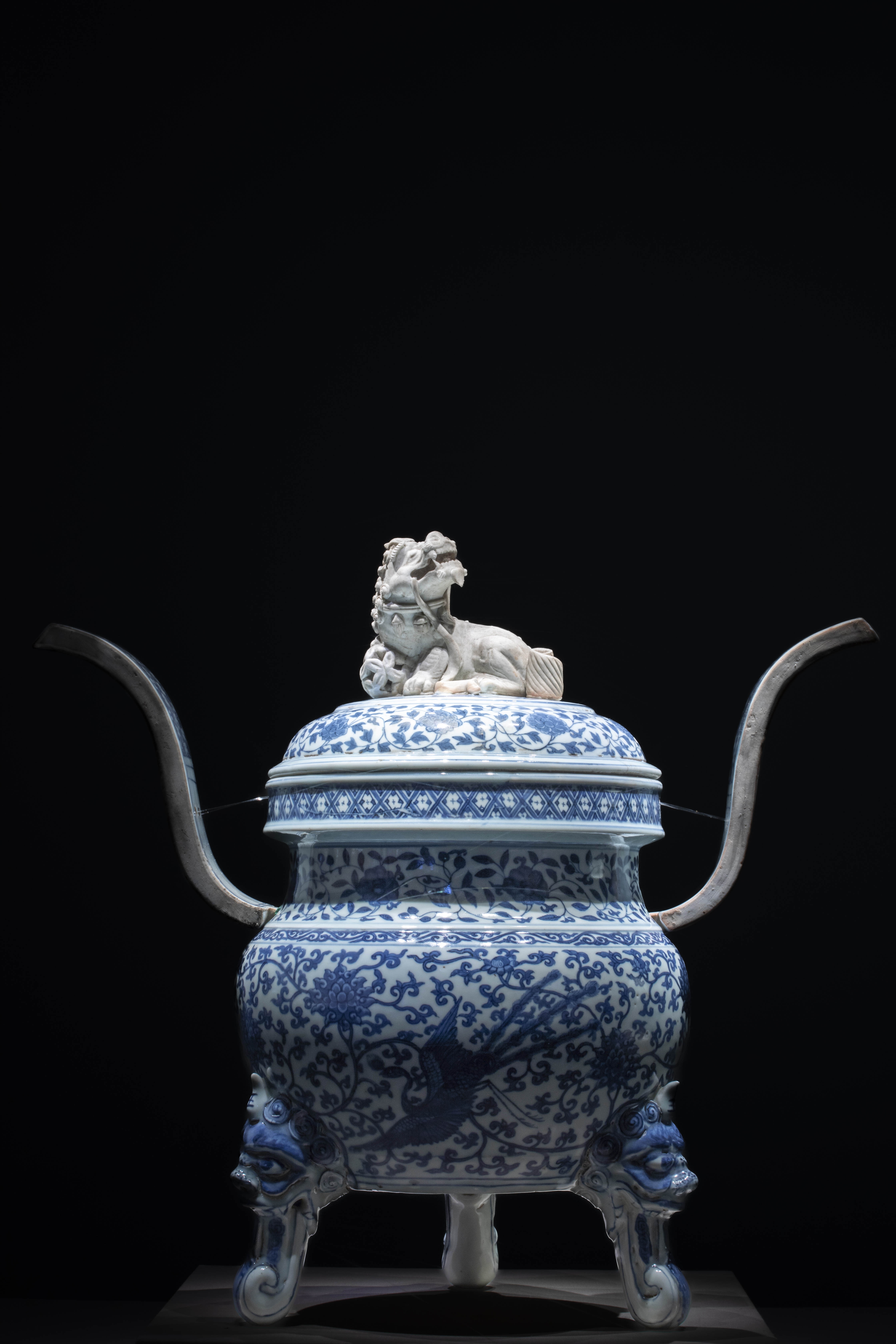
Permanent displays are divided into historical narratives and thematic exhibitions. The former includes series like Ancient Sichuan and Prehistoric Sichuan, while the latter features specialized showcases such as Decorative Arts and Ethnic Cultural Relics of Sichuan. Through curated artifacts and accessible interpretation, these exhibitions vividly unravel the depth and continuity of Bashu culture.
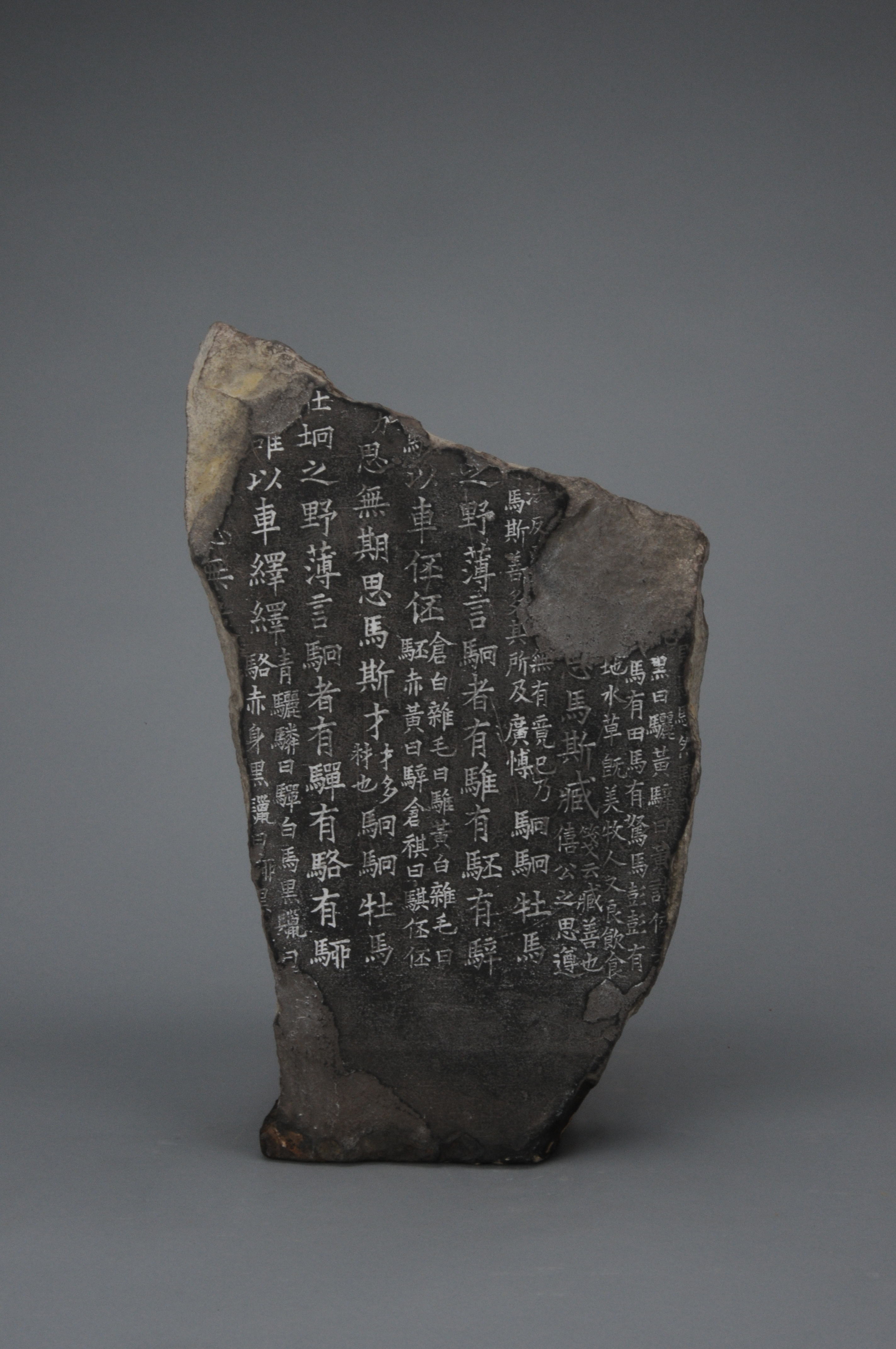
Beyond domestic cultural stewardship, the museum actively fosters international collaborations. In recent years, delegations have partnered with institutions like New York’s Metropolitan Museum of Art, Los Angeles’ Getty Center, Paris’ Musée Guimet, and Budapest’s Hungarian National Gallery. Through joint exhibitions, scholar exchanges, and educational initiatives, Sichuan’s cultural essence reaches global audiences while integrating international cultural achievements.
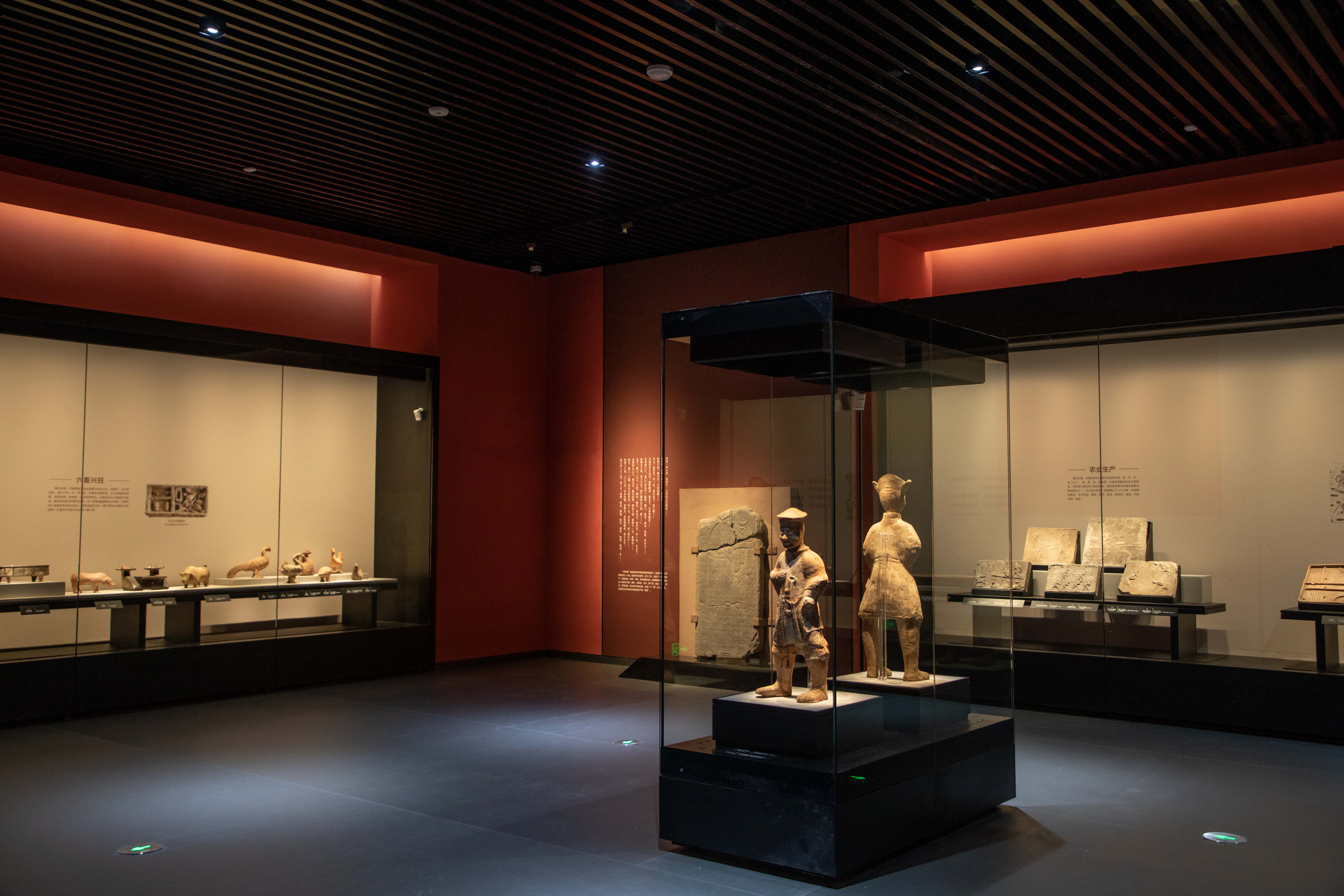
Additionally, leveraging China’s overseas cultural centers under the Ministry of Culture and Tourism of the People’s Republic of China, the museum institutionalizes cross-cultural programming, embedding Chinese heritage into international communities. These efforts amplify both the museum’s global profile and China’s cultural exchanges.

Aspiring to become a “World-Class Museum with Chinese Characteristics,” the Sichuan Museum will deepen international partnerships, enhance exhibition design and conservation capabilities, and deliver elevated cultural services.
Edited by Zhang Yuanlin
Source:Sichuan Museum